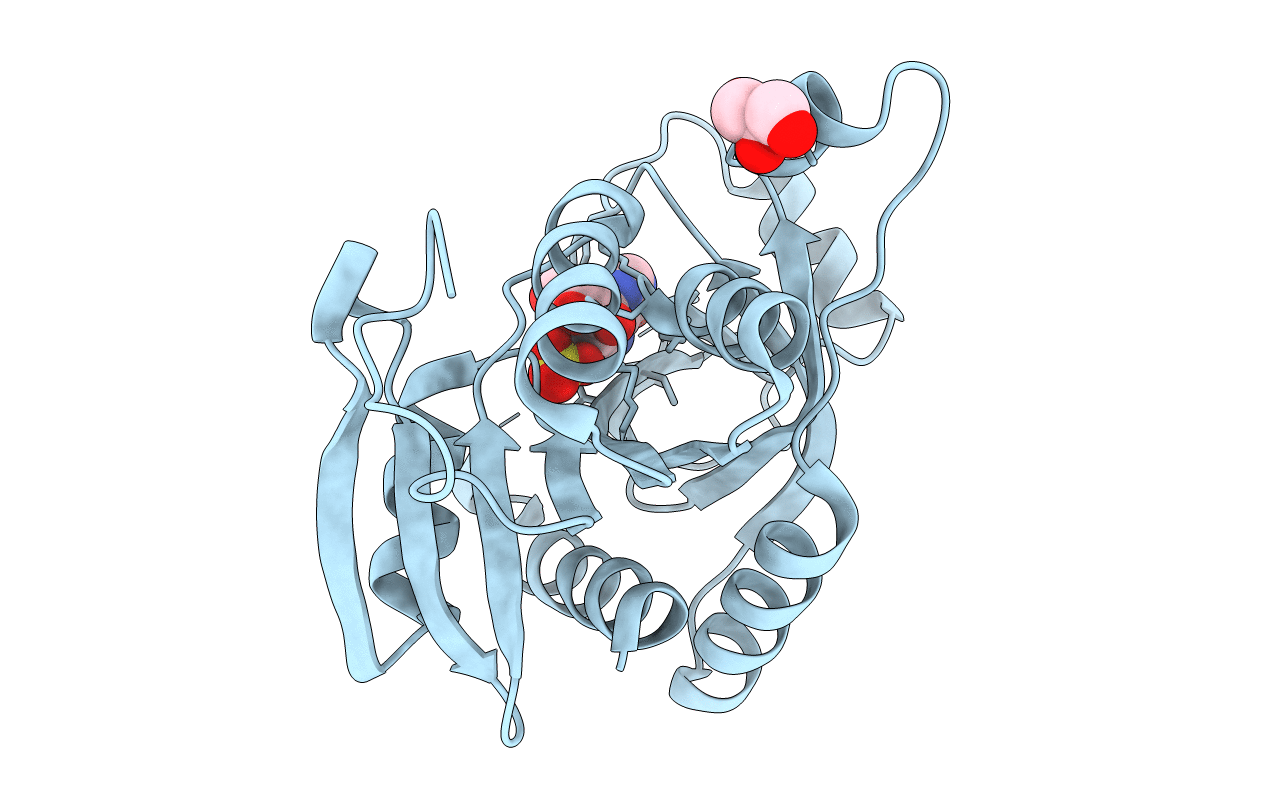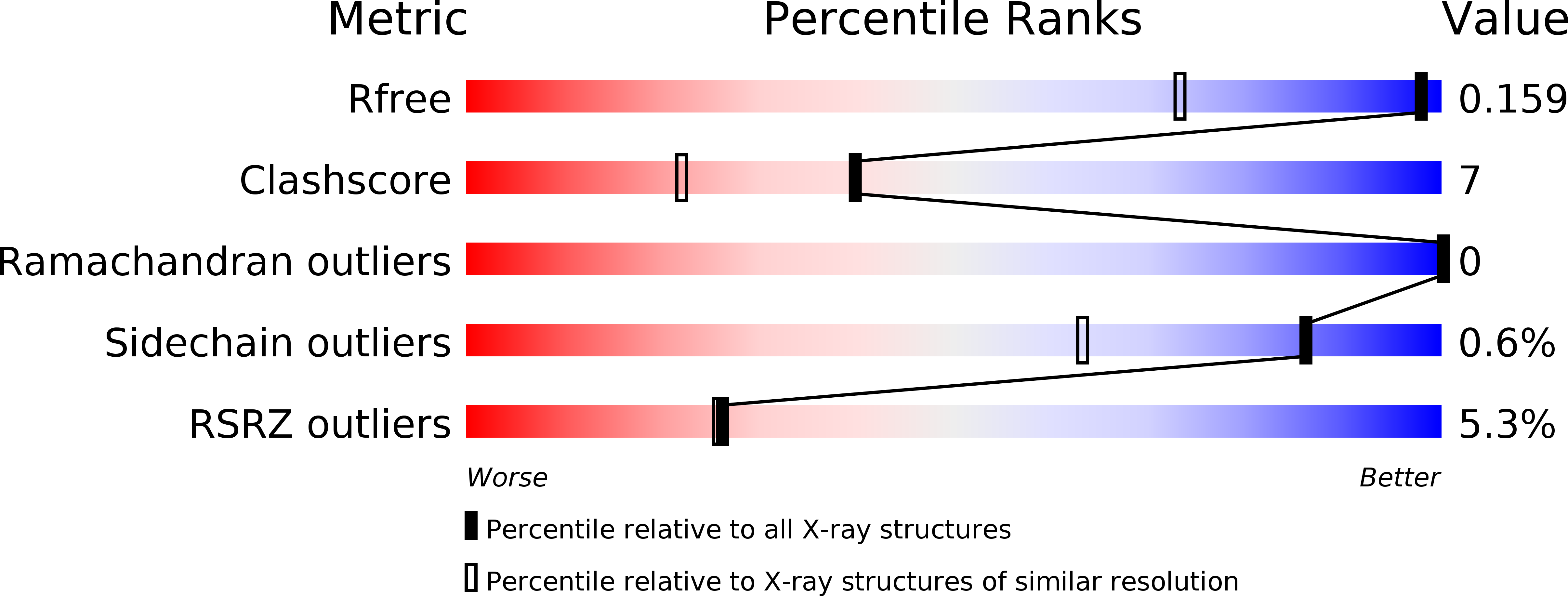
Deposition Date
2011-10-22
Release Date
2012-02-29
Last Version Date
2023-09-13
Entry Detail
PDB ID:
3UAX
Keywords:
Title:
Crystal structure of adenosine phosphorylase from Bacillus cereus complexed with inosine
Biological Source:
Source Organism:
Bacillus cereus (Taxon ID: 1396)
Host Organism:
Method Details:
Experimental Method:
Resolution:
1.20 Å
R-Value Free:
0.14
R-Value Work:
0.12
R-Value Observed:
0.12
Space Group:
P 63 2 2


